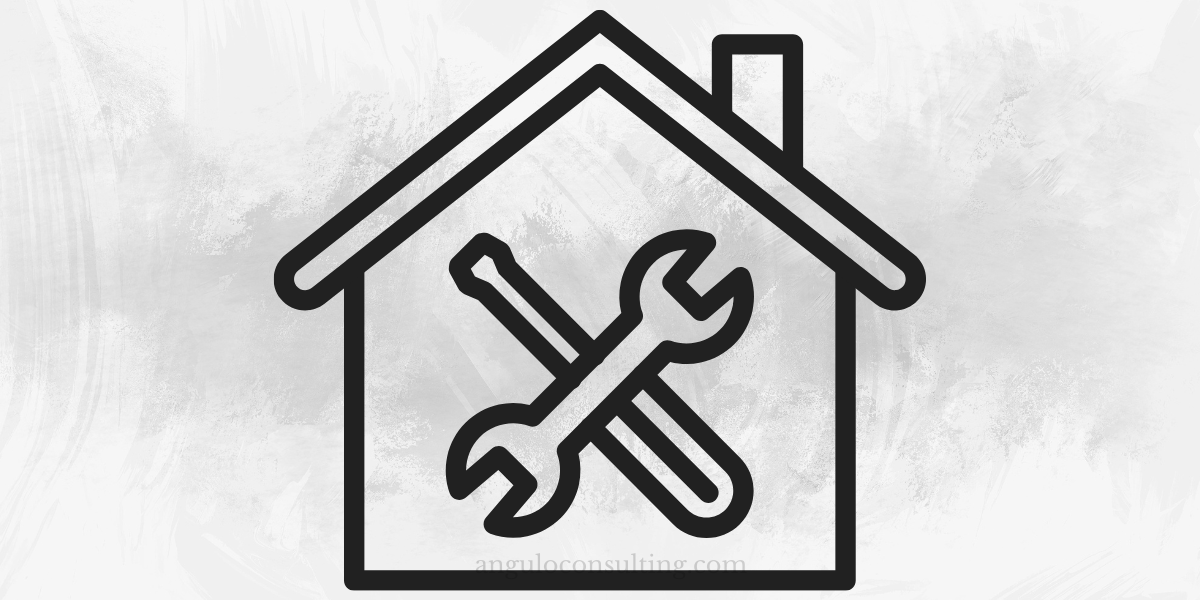
Here are some tips to help you choose the best fascia boards to use in your home renovation.
1. The best building materials.
Traditional materials used to build fascias are timber. Timber is used to make shiplap cladding. You may have seen it in barns and playhouses. This can be used to tie your home’s exterior together if it is painted or treated with varnish. This gives your home a uniform, clean look.
Wood is a popular choice, but it’s also prone to moisture, UV rays, and decomposition. Aluminum is a more durable building material. Aluminum is the second most popular building material for fascia boards after wood. Many people have made investments in aluminum. Aluminum is non-rusty and can be fitted under the roof. Aluminum fascias can be quickly and cost-effectively replaced. Aluminum fascias are a popular choice for building soffits or fascias because they don’t require much maintenance. It does not need to be painted or coated with other substances to keep it protected.
UPVC is the most widely used fascia material. UPVC fascias are replacing timber shiplap cladding. UPVC fascias are durable and very popular. They are resistant to wear and tear. They can even withstand strong winds. UPVC fascias are not susceptible to damage from hurricanes. This material is easy to maintain and manage. To restore the fascia’s original color, you can wash it with soapy water.
2. Take into account the fascia’s structure.
UPVC is a beautiful material, but you need to make sure you get a high-quality product from a reputable seller to ensure its durability. Before installing, you need to take into account the structure.
There are three main choices: square edge, bullnose, and ogee fascia designs. Installing square-edge fascias is easy. The planks can be connected below the roof by connecting them side-by-side. This is a good option for people who are installing fascias first.
The ogee design can be a little more complex. If grooves are found at the top and bottom, you can tell if the fascia is ogee-style. You can install the panels side-by-side, just like with the square edge design.
Because of its rounded edges, the bullnose design can be challenging to install. This is the most elegant design, and it may be worth the effort.
3. Thickness of the board
Fascia panels must be thick enough to support the roof. This is true even if the panels are covered with shiplap. Rainy seasons can make the roof heavier. The fascia must provide roof support in the event of heavy rain. The thickness of the standard fascia is 16 mm to 18. This should be sufficient for most homes.
4. Style and color
You should look into a new fascia if your exterior is dull in style and color. Many people choose to keep it simple and paint their wooden fascia white. Mix and match colors to create the color combination you desire. You can use varnish to protect timber if you don’t want the paint to cover the grain. This will make the material shine and prevent it from being easily damaged.
You should choose a design that complements the rest of your exterior design elements. It is not a good idea to choose a wooden design when your exterior looks modern.
Knowing what factors to consider when selecting fascia boards will make it easier to find the right one for you. This combination can help protect your home. UPVC fascias and soffits can also be great options. These are not only affordable but also last a lifetime.
Chris Coxon writes articles on Deeplas, a supplier of premium roofing products. Shiplap cladding can be used in conjunction with UPVC fascias or soffits to increase the protection of your home. Deeplas stocks a variety of fascia boards that can be matched to the exterior of your house.